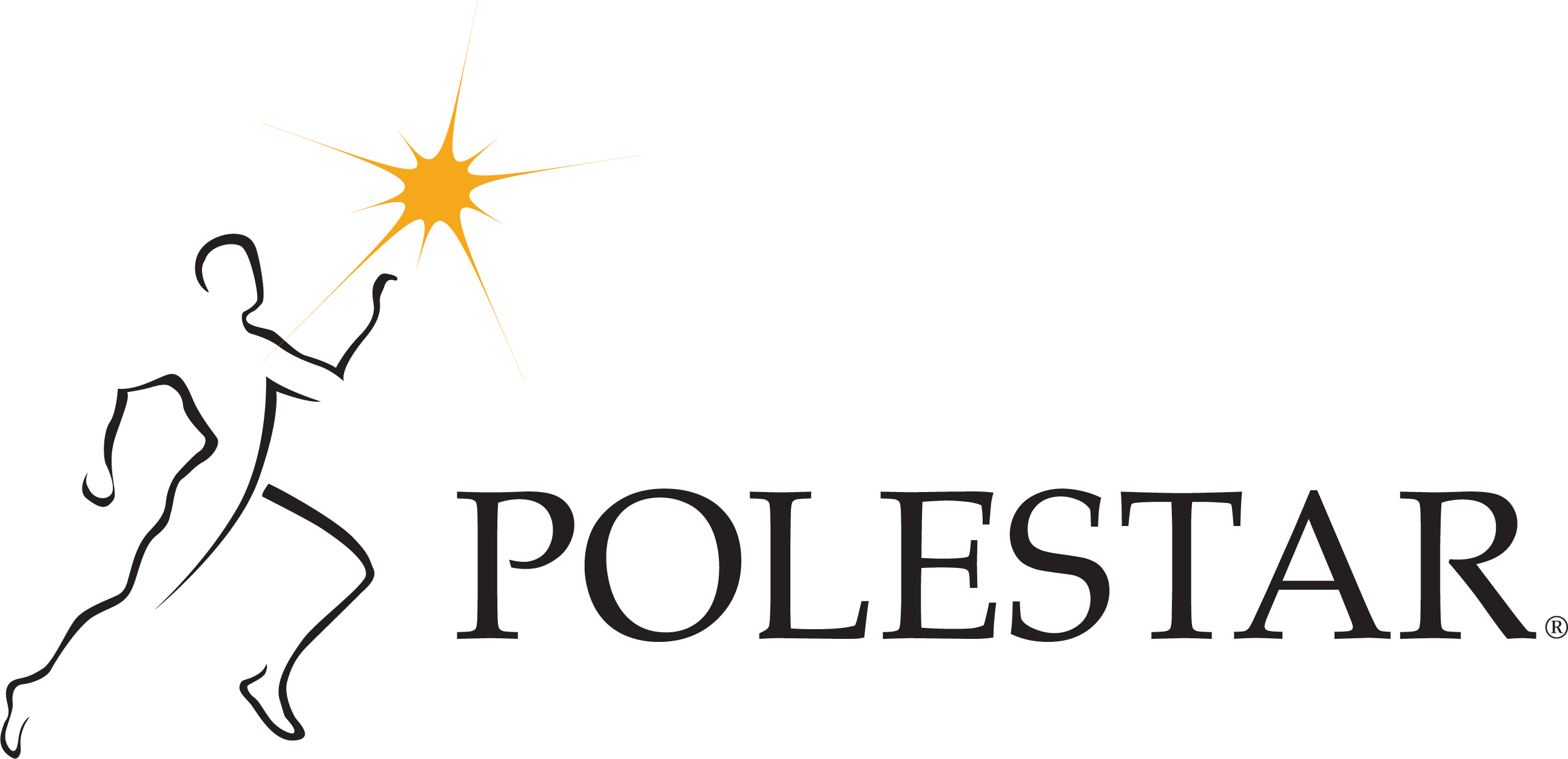
Those of you who have been following Polestar for our critical reasoning, case studies, and problem-solving – I invite you to join me in our “Critical Reasoning for Rehabilitation & Post Rehabilitation” course.
Join me for a complete immersion over three days as we dive into assessment skills, the Polestar Assessment Tool (PAT), the International Classification of Function Model (ICF), designing movement programs, hands-on labs, and much more.
I hope to see you there!
— Brent
What are we looking for when assessing the full squat?
- Can they perform a full squat?
- Can they keep their torso vertical?
- Are they able to disassociate at the hip?
- Do they have enough ankle dorsiflexion to be able to fully squat without lifting their heels?
- Do they understand the concepts and the relationships in the body that add up to the performance of the full squat?
Common Movement Faults:
- Pitching/leaning forward
- Heels lifting off the floor
- Lack of Balance
- Poor Leg Alignment
- Rounded Spine
What are some reasons they might not be able to perform the full squat?
- Myofascial restrictions or muscular tightness could inhibit the motion in their spine, ankles, hips, or knees.
- They may have a fear of falling or fear of pain.
- There could be capsular problems in the ankle, knee, or hip.
- The client may have weakness in their lower extremities.
As Well As:
- They may have knee pain or previous knee injuries that prevent them from moving into deep knee flexion.
- The client may not have enough thoracic extension to stay vertical in such a deep position.
- Clients who’ve had a total knee replacement surgery often have restrictions into full knee flexion and will only get 120 or 130 degrees of knee flexion.
How do we know what is important? How do we understand what we see?
Asking questions is key to understanding what you see in your client. The goal is to rule out some of the above reasons to help identify the key issues to focus on. It is also important to seek to understand. Take the time to run through multiple scenarios regarding what is causing the limitations in movement. This practice and more will be workshopped at the upcoming “Critical Reasoning for Rehabilitation & Post Rehabilitation” course with Brent Anderson this June – find out more here.
How do we rule things out?
One of the best ways to rule things out is to go through the reasons one by one and test them individually. Here is how I would rule out the following:
Coordination and lack of awareness:
- How to rule out: Use tactile and verbal cueing to see if you can improve the quality of the squat.
Fear of falling or pain:
- How to rule out fear or pain: Offer support to decrease load, increase confidence or assist balance.
Lack of control and strength:
- How to rule out: Have the client perform a half squat and see if they have the strength to straighten their legs or return from the squat. If it looks extraordinarily strong, this may not be their main issue. You may also try giving them some assistance to mitigate the load and see if their execution improves.
- How to rule out: Give your client a hand hold or allow them to perform the squat with balance assistance and see if their movement improves.
- How to rule out: Ask your client to be vocal with you. Throughout the movement, inquire why they think they are unable to perform the movement.
- Note: If they are lacking ankle dorsi-flexion and hip mobility, you may work toward increasing movement in the ankle and hips to decrease the stress on the knee and hopefully restore some semblance of a normal squat. You can immediately mitigate ankle load by adding a lift under the heels as stated above.
Structural restrictions could inhibit the range of motion in their spine, ankles, hips, or knees:
- How to rule out decreased ankle mobility: Put a prop like a wedge under their heels and see if they can move through the squat without issues. If they can, slowly decrease the lift and see how much assistance they need.
- How to rule out: Test thoracic extension separately and see if they have the required mobility. I would also look at the strength/control to hold the posture. They may have the spine mobility but not control of it.
What the Research Says
We have seen research by Christopher Powers, Ph.D., PT from USC identifying weak hip abductors and rotators in the deceleration phase of our walking and jumping activities which correlates to knee pathologies.
There are many who teach that the knee should not move in front of the toes when squatting, especially with lifting weights. However, natural human squatting requires the knees to go in front of the foot. We believe that a lot of the inability to comfortably and naturally squat can be attributed to a loss of ankle dorsiflexion which is thought to be a result of a long-term sedentary lifestyle.
Join Brent Anderson for a deep dive into assessment skills and more.




